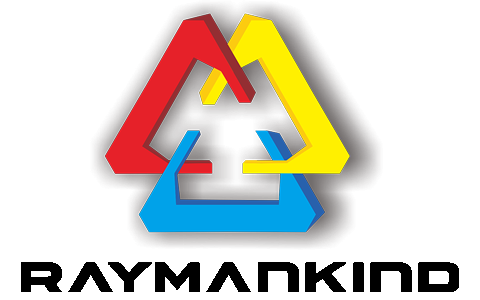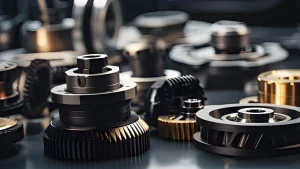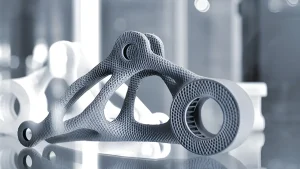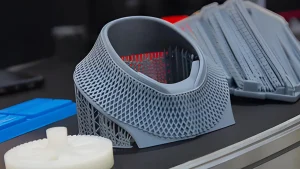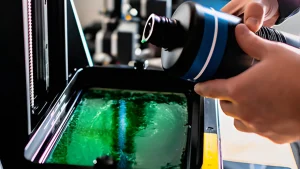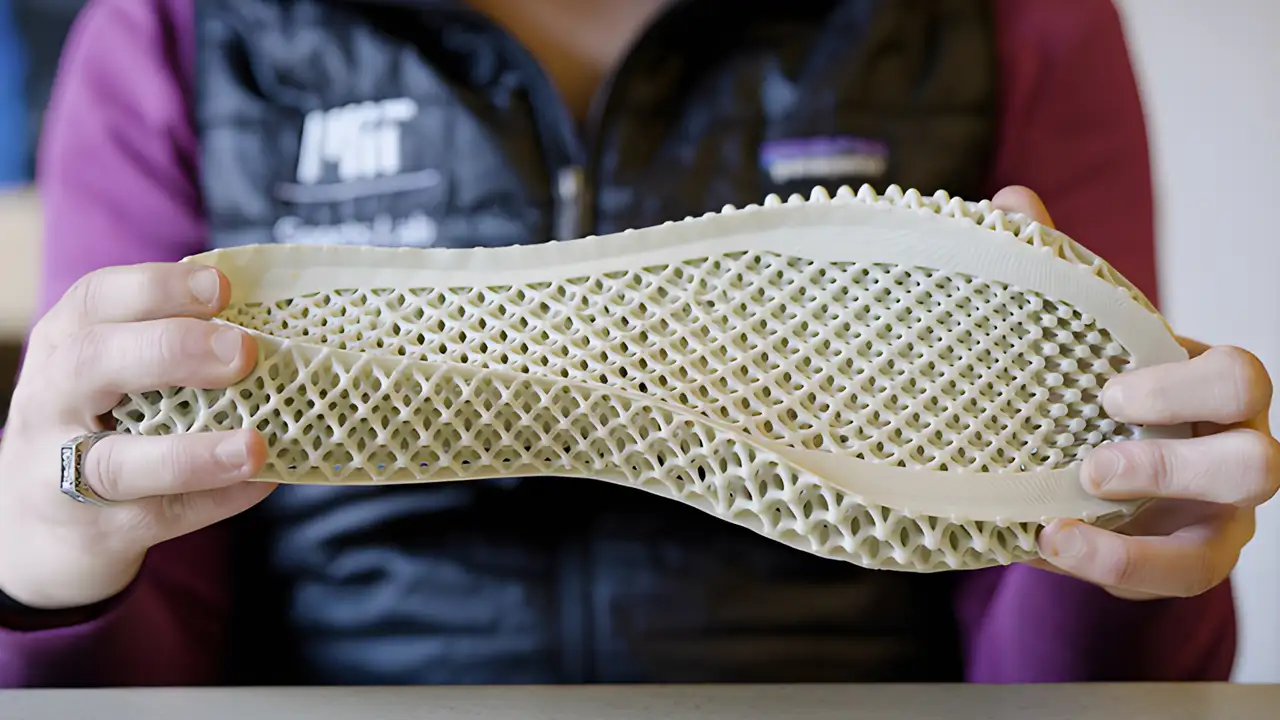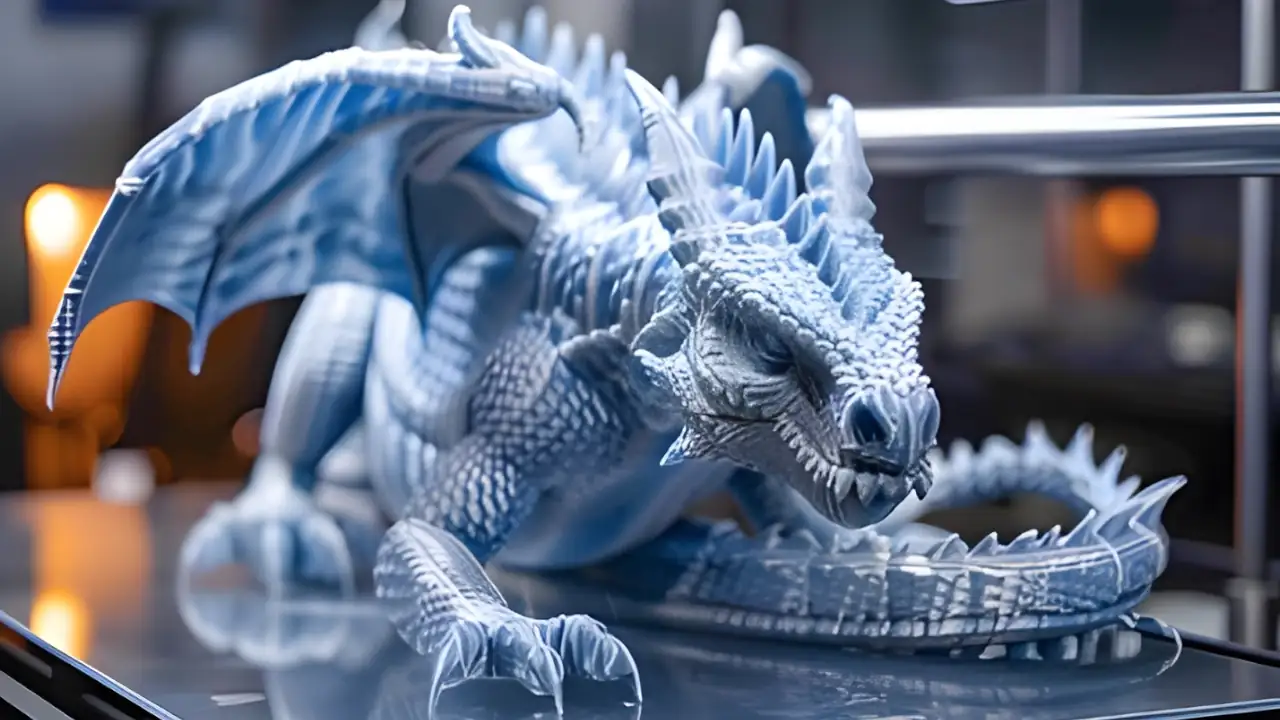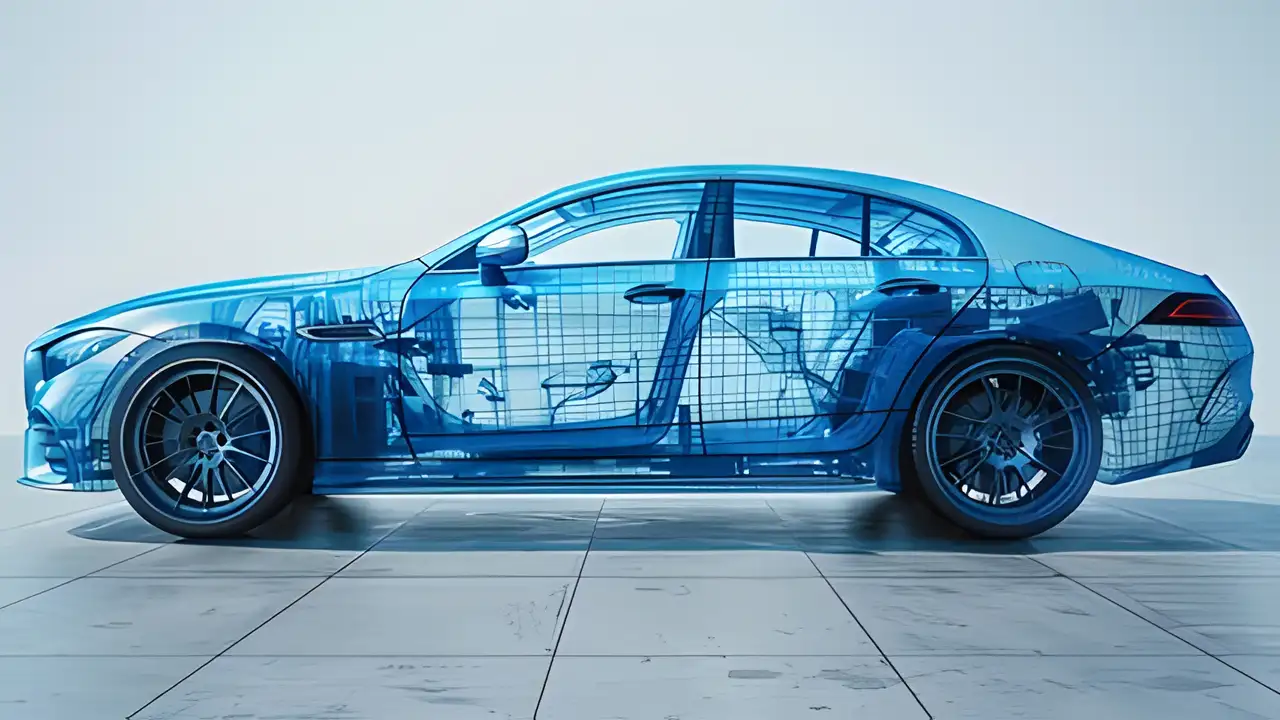As industries increasingly turn to 3D printing for manufacturing, the conversation around environmental sustainability becomes ever more vital. While 3D printing presents innovative solutions for various sectors—ranging from toys and healthcare to robotics and automotive—it’s essential to address the environmental implications of different printing methods.
High Energy Consumption and Waste in Certain 3D Printing Methods?
Certain 3D printing techniques, such as Selective Laser Sintering (SLS), are notorious for their high energy consumption. The process involves using powerful lasers to fuse powdered material into solid structures, which can lead to significant energy usage and material waste. In contrast, methods like Fused Deposition Modeling (FDM) are more efficient, using only the necessary materials to create objects and minimizing excess.?
The Potential for 3D Printing to Reduce Waste?
One of the most significant advantages of 3D printing lies in its potential to reduce waste and promote recycling. Traditional manufacturing often results in substantial scrap material, whereas 3D printing can utilize materials more efficiently. By producing only what is needed, companies can drastically lower waste output, aligning with sustainability goals.?
Material Efficiency and Eco-Friendly Options?
The rise of biodegradable and eco-friendly materials, such as PLA (Polylactic Acid), presents an opportunity for more sustainable 3D printing. These materials decompose naturally, reducing the long-term impact on landfills. Furthermore, advancements in material technology enable the creation of recycled filaments, allowing businesses to incorporate post-consumer plastics into their production processes.?
Recycling and Upcycling Opportunities?
3D printing facilitates recycling and upcycling by enabling the use of failed prints and excess materials. These can be reprocessed into new filaments, effectively closing the loop in the production cycle. This not only reduces waste but also fosters a circular economy, where resources are continually repurposed.?
Technological Innovations for Sustainability
?Innovations in 3D printing technology are making processes more sustainable. For instance, newer printers are designed to consume less energy while producing high-quality prints. Additionally, methods that reduce the need for support structures can lower material usage, further enhancing sustainability.?
The 3D printing technology holds great promise for environmental sustainability. With a focus on material efficiency, recycling opportunities, and technological advancements, 3D printing is paving the way for a more sustainable manufacturing future.
At Raymankind, we are committed to providing top-notch 3D printing services and solutions that support environmental sustainability in various sectors.?
